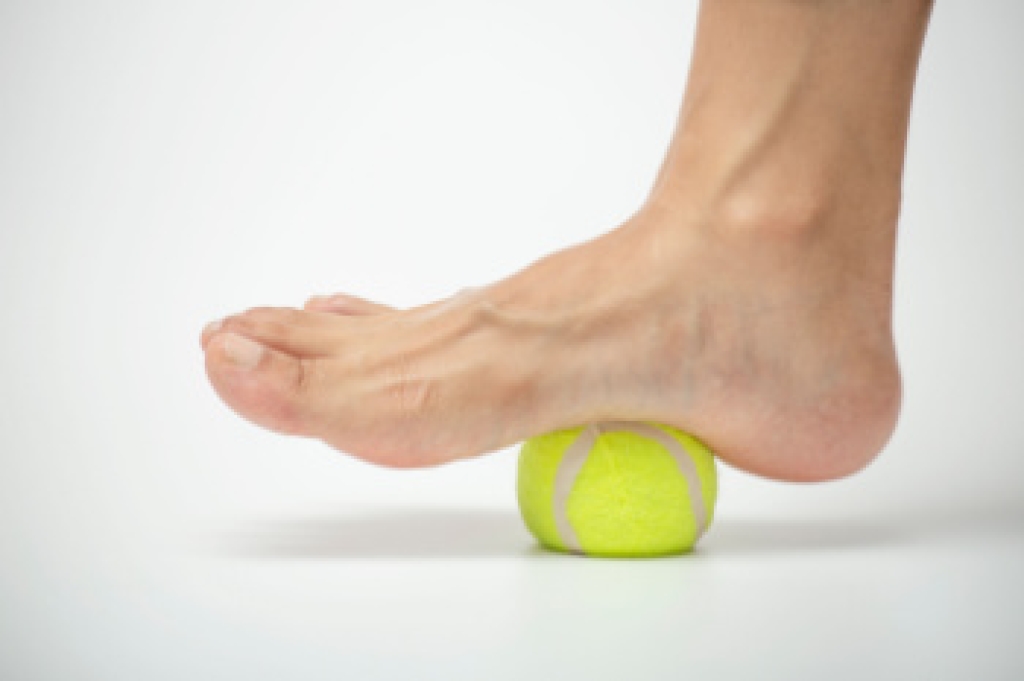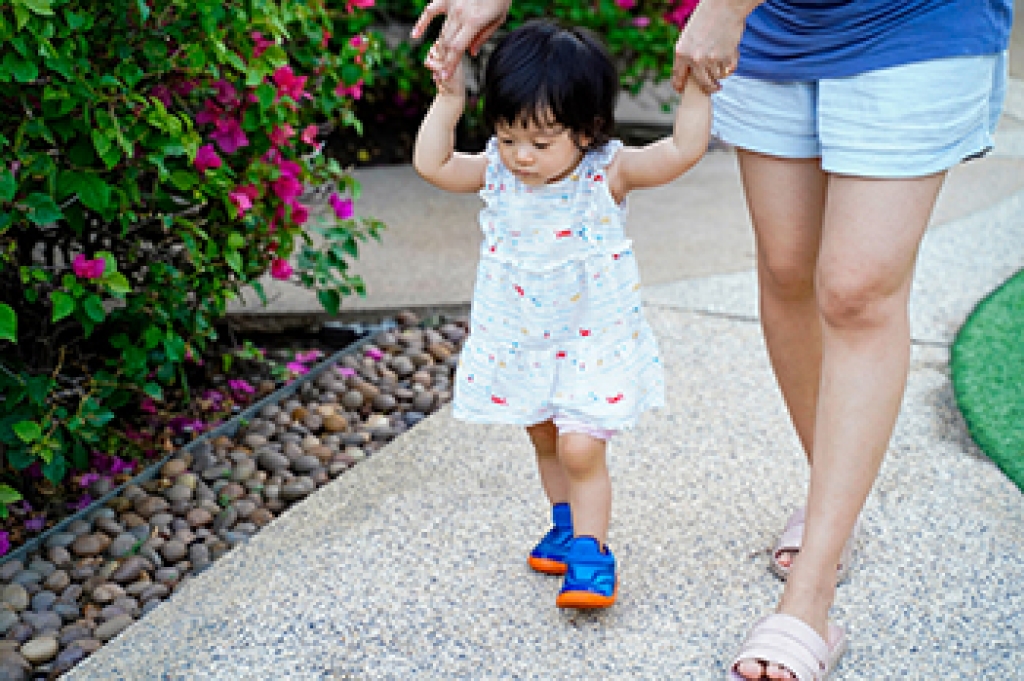
Hallux rigidus is a condition that causes the big toe joint to become stiff and painful, making it hard to bend the toe or walk comfortably. It happens when the cartilage in the joint wears down over time, sometimes leading to swelling or extra bone growth that limits movement even more. Orthotics can help by supporting the foot and reducing pressure on the big toe joint. Custom orthotics are made to guide the way the foot moves, easing strain on the toe and helping you walk with less pain. Some designs include a firm insert or a curved shape that allows the foot to roll forward more smoothly without bending the toe too much. This can help reduce irritation and make walking or standing more comfortable. If you are experiencing stiffness or pain in the big toe, it is suggested that you schedule an appointment with a podiatrist to discuss how custom orthotics can benefit you.
Custom orthotics are specialized shoe inserts created to support and align the feet according to each person’s unique structure and walking pattern. They are an effective way to relieve foot discomfort caused by conditions such as flat feet, high arches, plantar fasciitis, bunions, and heel pain. When the natural alignment of the foot is off balance, it can lead to pressure points, strain, and pain that affect how a person stands, walks, and moves. Orthotics work by redistributing weight evenly and supporting the arch to reduce stress on the muscles, tendons, and joints of the feet and lower legs.
Foot discomfort can develop for many reasons, including wearing improper footwear, long hours of standing, repetitive motion, or underlying structural problems. Over time, this discomfort can extend beyond the feet, contributing to knee, hip, or lower back pain. Custom orthotics help correct these issues by improving alignment and promoting more efficient movement. They are made using precise measurements and imaging to ensure the best fit for each patient, providing targeted support and cushioning where it is needed most.
Unlike generic insoles, custom orthotics are durable, medically designed, and tailored to your specific needs. Whether you are managing chronic pain, recovering from an injury, or simply seeking better comfort and stability, orthotics can make a noticeable difference in how your feet feel throughout the day.
If you are experiencing persistent foot discomfort or fatigue, it may be time to have your feet evaluated by a podiatrist. Call our office today for more information or to schedule an appointment.
If you have any questions, please feel free to contact our offices located in South York, West York, and East York, PA .




